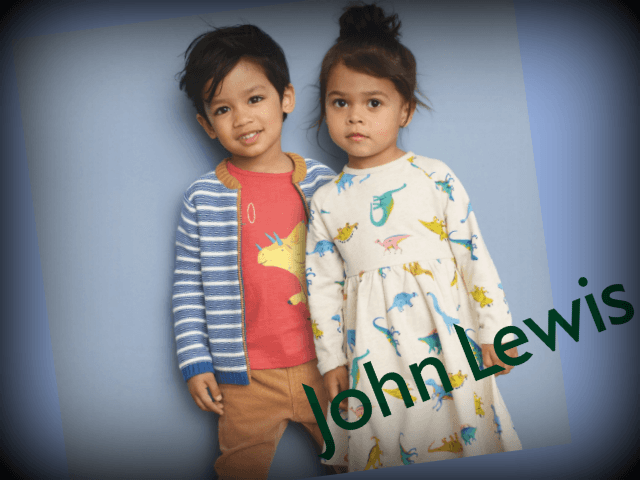John Lewis has become the first major British retailer to remove ‘boys’ and ‘girls’ labels from children’s clothes to avoid what it calls “reinforcing gender stereotypes”.
The retailer is now using “Boys & Girls” and “Girls & Boys” tags on clothes for children from newborn to 14 years old including skirts, pink tunics, and dresses, reports the Daily Mail.
Head of childrenswear Caroline Bettis said: “We do not want to reinforce gender stereotypes within our John Lewis collections and instead want to provide greater choice and variety to our customers, so that the parent or child can choose what they would like to wear.”
The retailer said it will also be reviewing its online range and school uniform department, as clothes are still arranged according to gender.
John Lewis is reported to have consulted campaign group Let Clothes Be Clothes before making the changes.
The group said: “We believe John Lewis is the first high street retailer to remove its gender signs and labels. It’s fantastic news and we hope other shops and online retailers will now move in the same direction.”
Let Clothes Be Clothes has previously engaged in pressuring other retailers for perceived “gender stereotyping” of children’s clothes including campaigning against infant and young child retailer Mothercare for advertising a boys’ clothing collection with science themes, Clarks for their “Dolly Babe” girls’ shoe range, and criticising Marks & Spencer for marketing a series of Natural History Museum dinosaur-themed T-shirts and pyjamas to boys.
Chris McGovern, retired headmaster and chairman of the Campaign for Real Education, expressed his concern the effect labelling children’s clothes as unisex has in the wider context of pushing genderlessness saying it risks “confusing” children.
“John Lewis is a reputable and admirable retailer and I have no doubt that getting rid of gender labels is well-intentioned. In isolation, one retailer introducing unisex clothing and labels would not be an issue,” he said.
“But by following this fashion to go genderless, I fear they are supporting a wider movement which risks confusing children and foists adult worries on to young people.”
“There is a dangerous social phenomenon occurring of gender identity theft, which says there is no difference between boys and girls when of course there is,” he added.
In June, Dr Joanna Williams, a university lecturer and author of the book Women vs Feminism, told The Telegraph that the over-promotion of gender issues by schools is “sowing confusion about gender identity” and does “neither boys nor girls any favours”.
In May, Breitbart London reported that 100 schools in Britain have signed up to an LGBT “best practice” programme under which separate boys’ and girls’ uniforms are ditched, with the highest uptake for the programme being from primary schools.

COMMENTS
Please let us know if you're having issues with commenting.